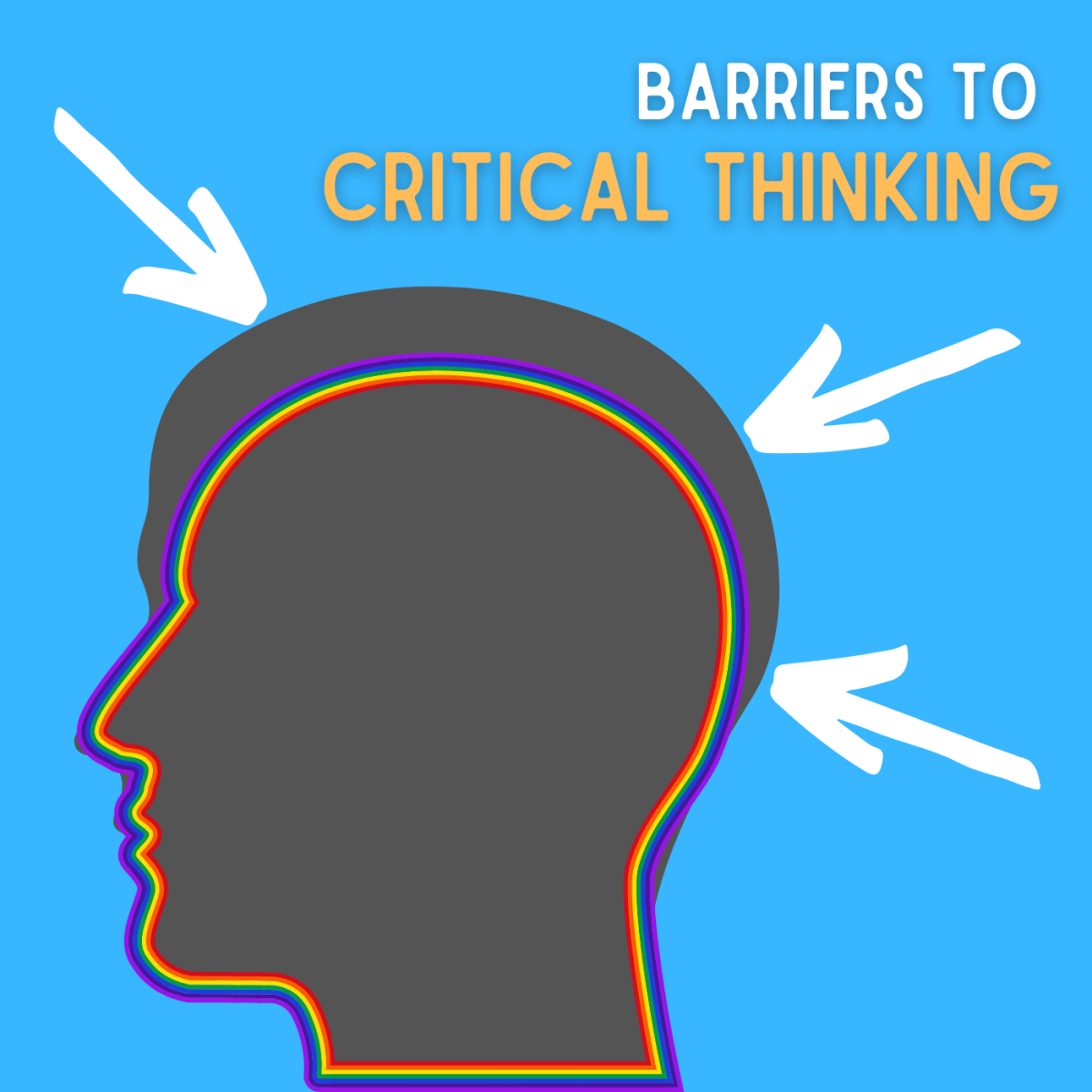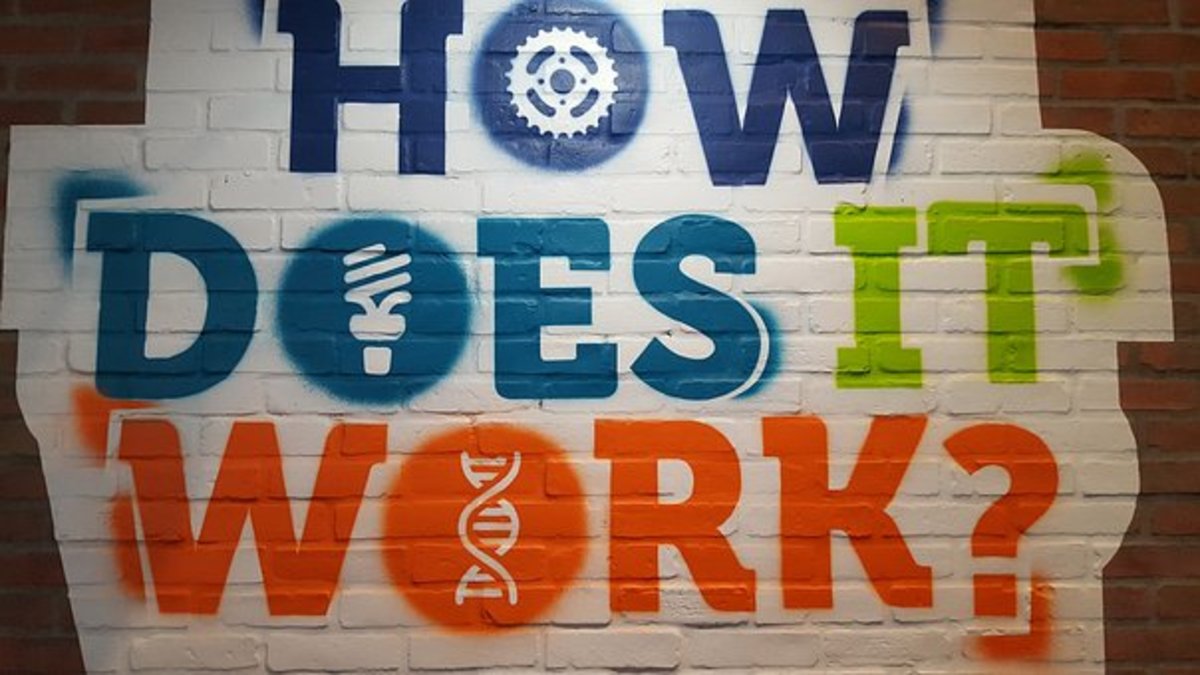Teaching Kids to Think for Themselves

Once upon a time in school, a child would have a few classes on “logic” or “critical thinking.” It’s too bad that such lessons do not exist any longer. So, it’s a parent’s job to teach critical thinking to their child. Of course, it’s that much harder to teach if you never had the lessons yourself! So here is a “crash course” on critical thinking. Here are ten steps common to most critical thinking models.
1. Identify and define the problem.
2. Get as much information/facts as you can.
3. Know what you don’t know, what are the missing facts?
4. Evaluate your information or lack of it/reliability of information source.
5. Infer facts that you don’t know.
6. Form an assumption, opinion, or possible solutions.
7. Consider alternatives and implications of each solution.
8. Form an action plan.
9. Enact your plan.
10. Analyze the results of the plan.
Now, how do you translate these ten points so that you can guide a child through the steps? Your first step is to make several poster(s) of the steps (either the list above, or the ‘translated’ list below) and place them around the house. You can make the “posters” on your computer, just use a large font with bold print!
Then, use the “translation for children” below to guide a child think through the critical thinking process.
1. “What is the problem?”
2. “Tell me everything you know about the problem.”
3. “What are some things you need to know, but don’t right now?”
4. “Can you trust that the things you know are true?”
5. “What is your guess about the missing parts?”
6. “Tell me all the choices you have right now.”
7. “Tell me what might happen for each choice, if you use it?”
8. “Which choice is the best one?”
9. “Do that.”
10. “How did your choice work out?”
For younger children, it might be a good idea to note with pencil and paper the answers that they give you, so that you can review it with them once they complete the list. For older children, (or even yourself!) you can use the “critical thinking worksheet” that is the second page of this article.
Remember that there are two keys to helping a child to learn to think logically and critically: how we as adults model and demonstrate the steps in our daily lives, and being consistent in leading the child through the steps when they need to use them, instead of doing all of their thinking for them!
Critical thinking does not just have to be practiced when there is a serious problem, it can be practiced through fun games and activities. Try regularly providing children with puzzles, riddles, mazes, and other critical thinking games. (see ‘Fun Web Resources for Children’)









